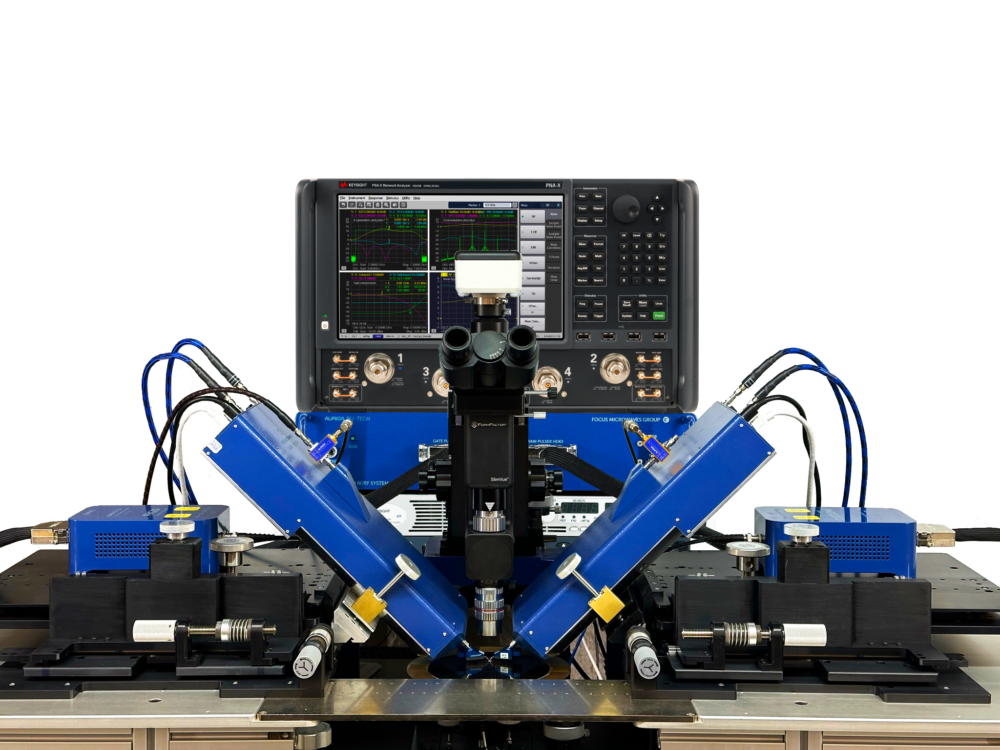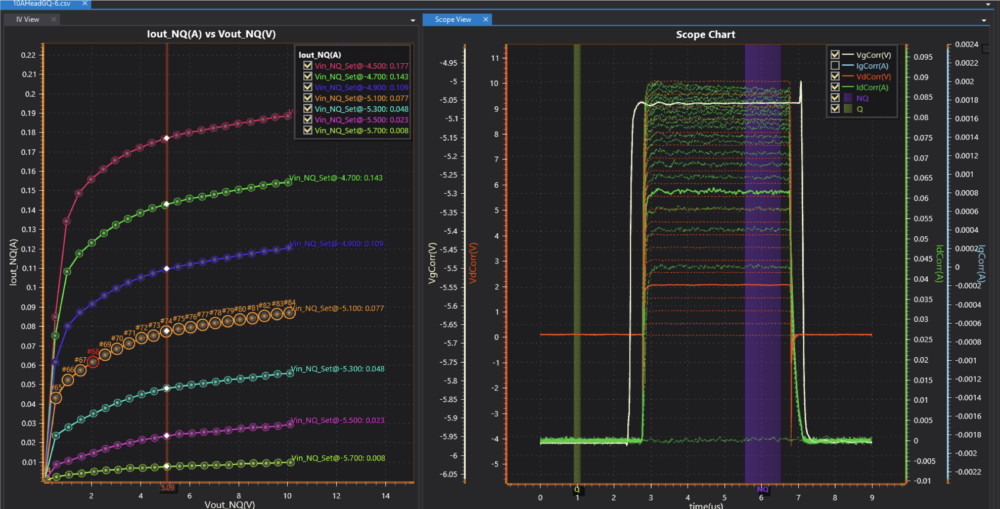This website uses cookies so that we can provide you with the best user experience possible. Cookie information is stored in your browser and performs functions such as recognising you when you return to our website and helping our team to understand which sections of the website you find most interesting and useful.
Applications
Pulsed Load Pull
Optimize high power non-linear devices with Pulsed Load Pull. Characterize devices at peak power levels, reduce self-heating risks, and achieve precise thermal control for realistic operation in demanding applications like RADARs.


Features
The use of pulsed stimulus signals in characterizing high-power non-linear devices offers several advantages over continuous wave excitation. Continuous wave excitation can lead to issues such as self-heating and memory effects which can severely impact device performance. By employing pulsed signals, devices can be characterized at higher peak power levels up to saturation, mimicking real-world operating conditions more accurately while reducing the risk of device breakdown and providing better control over operating temperature.
Pulsed stimulus signals are particularly beneficial for applications such as RADARs where device operation in pulses is more common and representative of actual usage scenarios.
Pulsed measurements, including pulsed I-V and pulsed S-parameter measurements, are widely utilized for extracting electrothermal models of different device technologies. This approach enables a more comprehensive understanding of device behavior under dynamic conditions, accounting for thermal and trapping effects.
In pulsed load-pull measurements, both DC and RF signals can be pulsed to assess device performance accurately. A typical pulsed load-pull test bench consists of pulsed bias tees, a primary DC pulse generator, RF sources synchronized to a pulse generator, and a digitizing scope for monitoring pulsed DC characteristics. Focus LP utilizes pulse generators such as AU5 or MPIV to generate the required pulsed signals, ensuring accurate and reliable measurements.
For RF characterization, two main scenarios are employed:
- Scalar Load-Pull: Peak power meters synchronized with the primary pulsing instrument are used to monitor RF power levels within the pulses.
- Vector Load-Pull: Measurements are conducted using Vector Network Analyzer receivers synchronized with the primary pulsing instrument, providing detailed RF data within the pulsed signals.
Overall, pulsed measurements offer a valuable and versatile approach for accurately characterizing high-power non-linear devices, extracting device models, and testing devices under realistic operating conditions with minimized risks of self-heating and breakdown.
Setup
Parameters
Setup


Parameters
The measured RF parameters include:
- PAE, ACPR
- ΓLoad, ΓIN

Request a quote
Please use this form to creating a quote.
"*" indicates required fields

